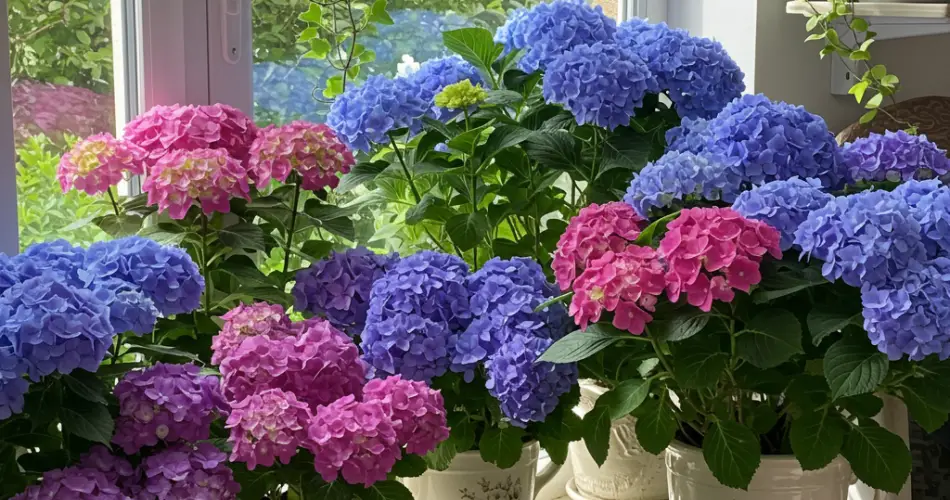Hydrangeas are known for their lush foliage and showy blooms in shades of pink, blue, white, and purple. While they’re typically grown outdoors in gardens or landscapes, hydrangeas can also thrive indoors with the right care. Growing hydrangeas inside your home not only brings beautiful color and life into your space, but also allows you to enjoy their blooms all year round.
With a few simple tricks, you can successfully grow healthy, vibrant hydrangeas indoors—even if you don’t consider yourself a seasoned gardener.
Choosing the Right Hydrangea Variety
The first step to growing hydrangeas indoors is selecting the right type. Not all hydrangeas are well-suited to indoor conditions, but some varieties adapt better to life in containers.
The best indoor hydrangea varieties include:
Hydrangea macrophylla (Bigleaf hydrangea): Known for its large, colorful blooms and compact size.
Miniature or dwarf hydrangea cultivars: These stay small and are ideal for indoor pots.
Hydrangea serrata: A smaller species that can tolerate partial indoor lighting.
Choose healthy, well-established plants or rooted cuttings from a reliable source. Indoor hydrangeas are often sold pre-potted during spring and early summer when they naturally bloom.
Choosing the Right Pot and Soil
Hydrangeas have shallow but spreading root systems, so choose a wide container rather than a deep one. A pot that’s at least 12 inches wide with drainage holes is essential to prevent root rot.
Fill the pot with well-draining potting mix that retains moisture without becoming soggy. A mix containing peat moss, compost, and perlite or vermiculite works well. Avoid using garden soil, which can be too heavy and compact for indoor plants.
Lighting Requirements
Hydrangeas love bright, indirect light. Too much direct sunlight, especially through a window, can scorch the leaves, while too little light will prevent blooming.
Place your hydrangea:
Near an east- or west-facing window, where it will receive gentle morning or late afternoon sun.
Away from intense midday rays, especially in warmer months.
If natural light is limited, you can supplement with a full-spectrum grow light to help encourage flowering and maintain healthy growth.
Temperature and Humidity
Hydrangeas prefer moderate indoor temperatures between 60°F to 70°F (15°C to 21°C). Avoid placing your plant near heaters, air conditioners, or drafty windows, as sudden temperature changes can stress the plant.
Humidity is also important—hydrangeas like moderate to high humidity levels. If your indoor air is dry:
Mist the leaves regularly with water.
Place a shallow tray of water with pebbles beneath the pot (without letting the pot sit in water).
Use a humidifier during dry winter months.
Watering Your Indoor Hydrangea
Hydrangeas are thirsty plants and need consistent moisture. However, overwatering is a common mistake that can lead to root rot.
Tips for watering:
